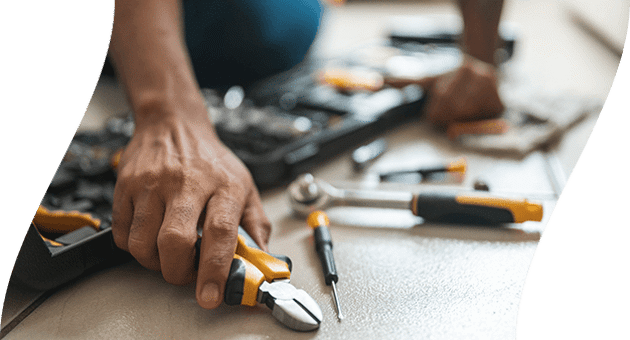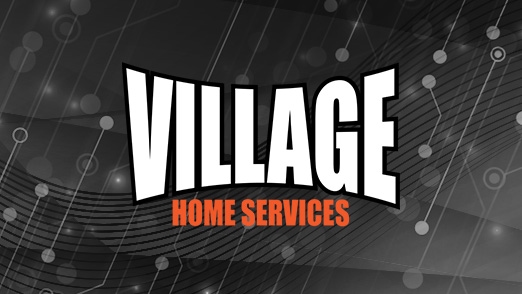As electric vehicles (EVs) become increasingly popular, many homeowners are installing home EV chargers for added convenience. While these chargers are designed to be durable and efficient, they still require regular maintenance and occasional troubleshooting to ensure optimal performance. In this blog post, we'll discuss five essential tips for maintaining and troubleshooting your home EV charger, so you can continue to enjoy the benefits of charging your electric vehicle at home.
1. Regularly Inspect and Clean Your EV Charger
Like any other electrical device, your home EV charger should be inspected and cleaned regularly. Dust, dirt, and debris can accumulate on the charger's components, which may cause it to malfunction or reduce its efficiency. To keep your charger in good working order, follow these simple steps:
- Turn off the charger and unplug it from your vehicle before cleaning.
- Use a soft, damp cloth to wipe down the charger's exterior, paying special attention to the connector and charging port.
- Inspect the charger for any signs of damage, such as frayed wires or loose connections.
- If you notice any issues, contact a professional electrician for assistance.
2. Monitor Your Charger's Performance
Regularly monitoring your EV charger's performance can help you identify any potential issues before they become major problems. Keep an eye on the following indicators:
- Charging time: If your vehicle is taking longer than usual to charge, there may be an issue with your charger or your vehicle's battery.
- Error codes: Some EV chargers display error codes when there's a problem. Consult your charger's user manual for more information on understanding these codes.
- Unusual noises or smells: If you notice any strange noises or smells coming from your charger, it's best to have it inspected by a professional electrician.
3. Protect Your Charger from the Elements
While most home EV chargers are designed to withstand various weather conditions, it's still a good idea to protect your charger from the elements. This can help extend its lifespan and maintain its efficiency. Consider the following tips:
- Install your charger in a covered location, such as a garage or carport, to shield it from rain, snow, and direct sunlight.
- Use a weatherproof cover designed specifically for EV chargers if your charger is installed outdoors.
- Avoid using your charger during extreme weather conditions, such as heavy rain or snowstorms, as this can cause damage to the charger or your vehicle.
4. Update Your Charger's Software
Many modern EV chargers come equipped with software that can be updated to improve performance and efficiency. It's important to keep your charger's software up-to-date to ensure it's functioning optimally. Check your charger's user manual or the manufacturer's website for information on how to update your charger's software.
5. Know When to Call a Professional
While regular maintenance and troubleshooting can help you address minor issues with your home EV charger, some problems may require the expertise of a professional electrician. If you're experiencing persistent issues with your charger, or if you're unsure how to address a problem, it's best to call in a professional, like Village Home Services, to ensure your charger is repaired safely and effectively.
If you need assistance with your home EV charger or any other electrical services in Chelmsford, MA, don't hesitate to contact Village Home Services for expert help.

